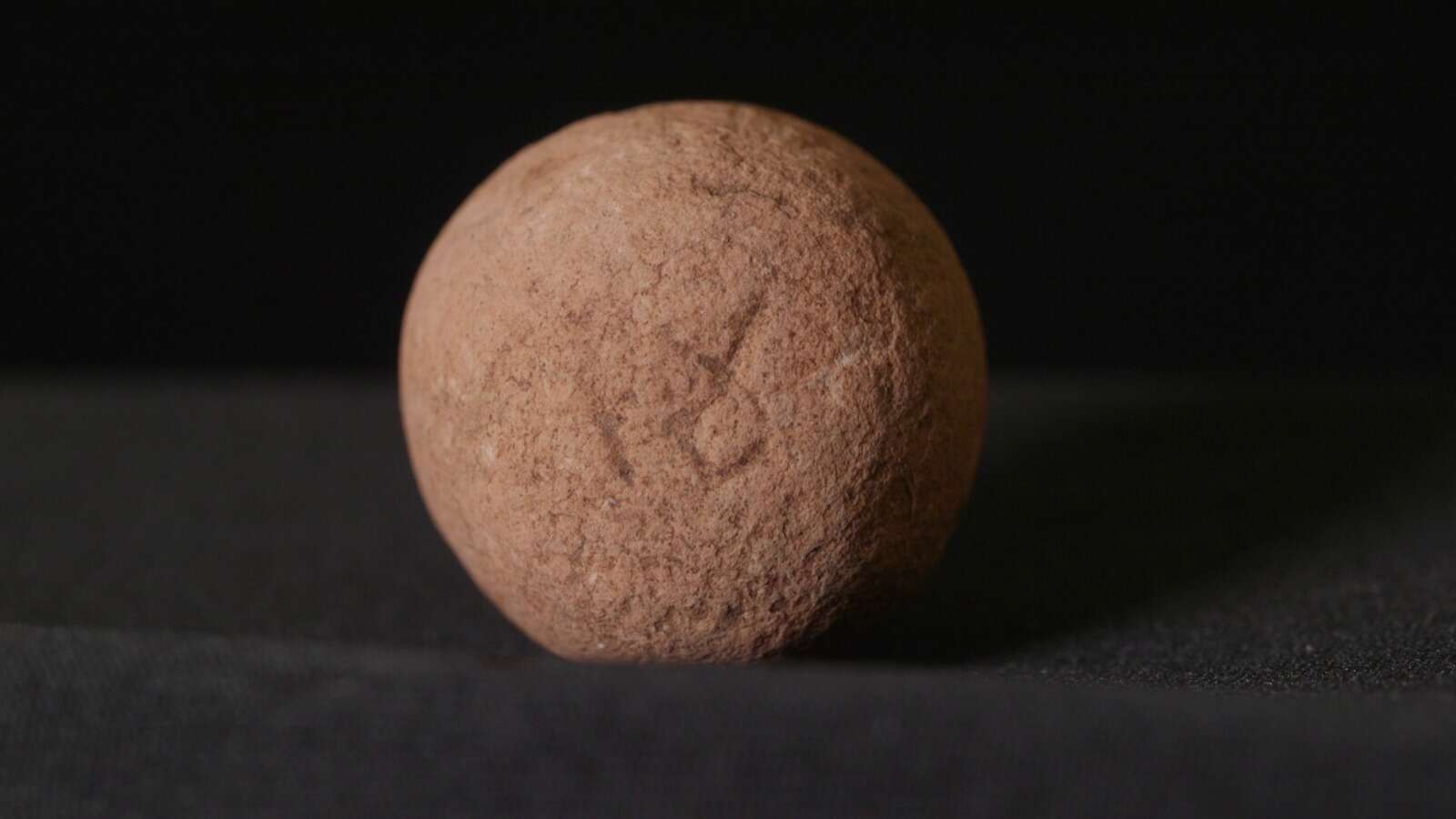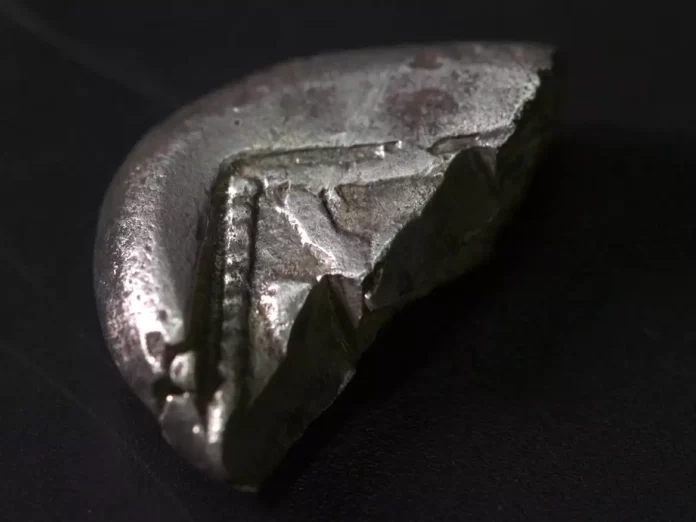JERUSALEM (VINnews) — An extremely rare ancient silver coin dating from the First Temple period was recently discovered at a site in the Judean Hills southwest of Jerusalem, along with a stone shekel weight and other items, the Israel Antiquities Authority (IAA) announced Wednesday.
Join our WhatsApp groupSubscribe to our Daily Roundup Email
The extremely rare coin, which dates from the Persian period some 2,500 years ago (6th–5th centuries BCE), is one of less than a dozen of its kind that have been found in Israel, according to Dr. Robert Kool, head of the Israel Antiquities Authority Numismatic Department.
“The coin was minted in a period when the use of coins had just begun. The rare find contributes information concerning the way trade was carried out, and the process whereby global commerce moved from payment by weighing silver pieces to the use of coins. The coin belongs to a group of very early coins minted outside Israel, in the regions of ancient Greece, Cyprus and Turkey. In the 6th–5th centuries BCE, such coins began to appear at sites in the Land of Israel,” Kool explained.
The coin was discovered split into two pieces, indicating to the archaeologists that it was being used as a weight for commerce even though it had been minted originally as a coin, a sign of the gradually changing economy of the time. The coin, which is square, had an indented shape as common with early coins before the advent of stamped shapes on coins.
Archaeologists unearthed the items during an excavation of a First Temple-era house discovered during an expansion of a section of Route 375, which runs from the Gush Etzion area south of Jerusalem, through the Judean Hills and down to the Ella Valley near Beit Shemesh. The structure dates from the 7th century BCE, around 2,700 years ago, when the area was part of the Kingdom of Judah, the archaeologists said. A small arrowhead was also discovered at the site.
The stone shekel weight, which weighs 11.07 grams (the estimated weight of early shekels was 11-11.5 grams) is a sign of early organized trade in the region. “The dome-shaped stone weight would have been used for weighing metals, spices, and other expensive commodities. The sign on the weight -like the Hebrew letter Ayin -was an ancient Egyptian (hieratic) abbreviation for the word shekel, and the single incised stroke represents one shekel. This was in effect a standard weight in the region of the Kingdom of Judah, showing that commodities were carefully weighed in the markets,” excavation directors Michal Mermelstein and Danny Benayoun said.

“The tiny coins are a crucial source of information in archaeology… Through a tiny object like a coin, it becomes possible to trace human thought processes and observe that our economic habits have remained largely unchanged for thousands of years — only the technology has changed. In this context, it is interesting to consider future archaeological research in a world that has adopted electronic commerce,” IAA director Eli Ecsuisido said in a statement.


Why don’t they produce replicas. Do we can purchase these coins for a reasonable price. The replicas should be as a new coin not worn out by redoing the graphics.
Wait a second, that must be Mohamed’s leychain
Maybe an ahm horatesdikeh
Machtsis hashekel